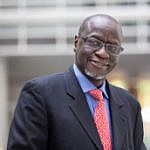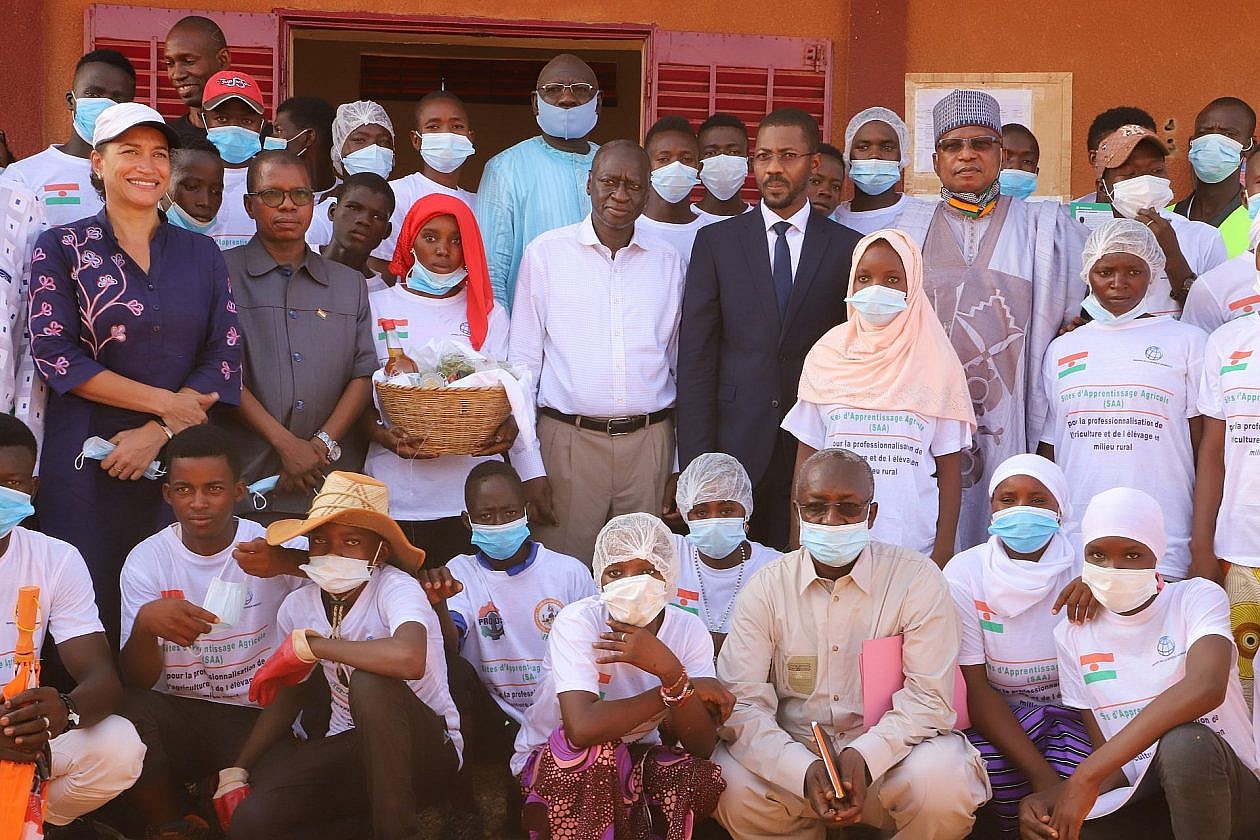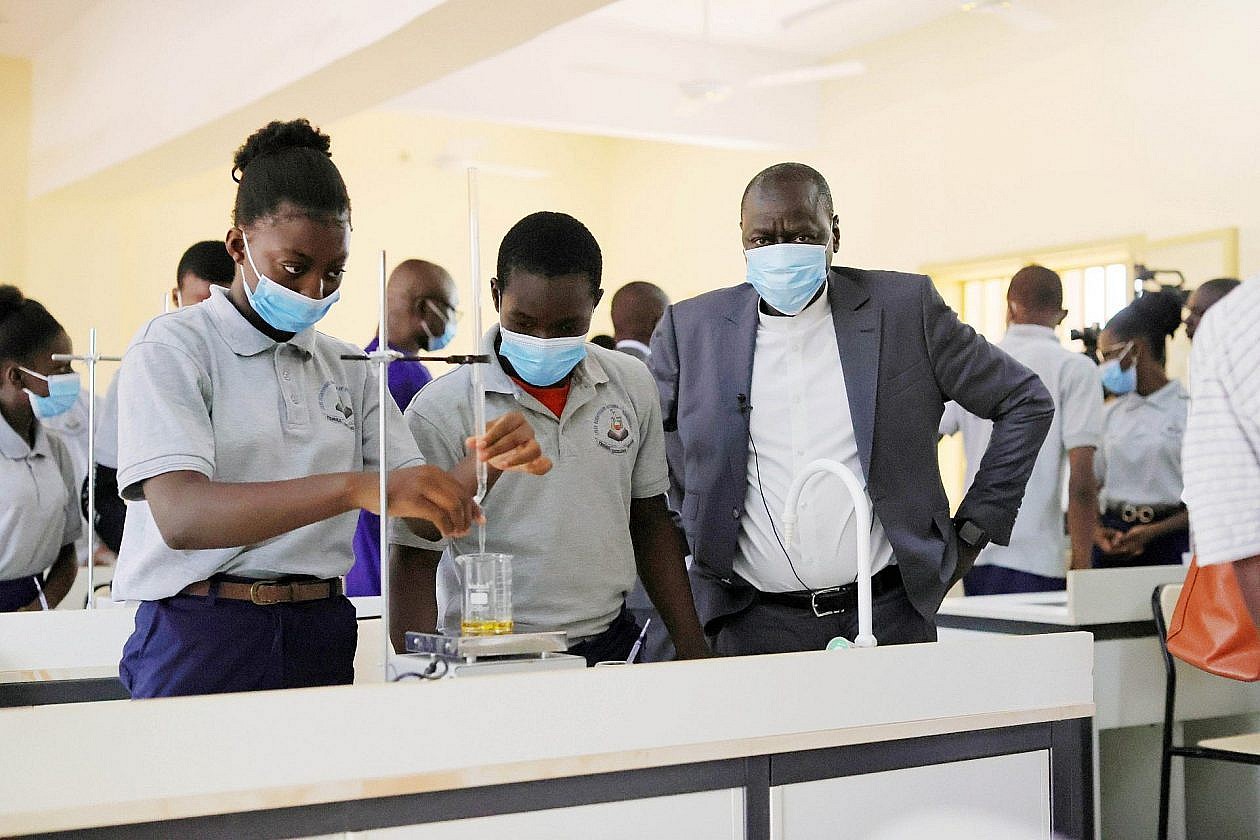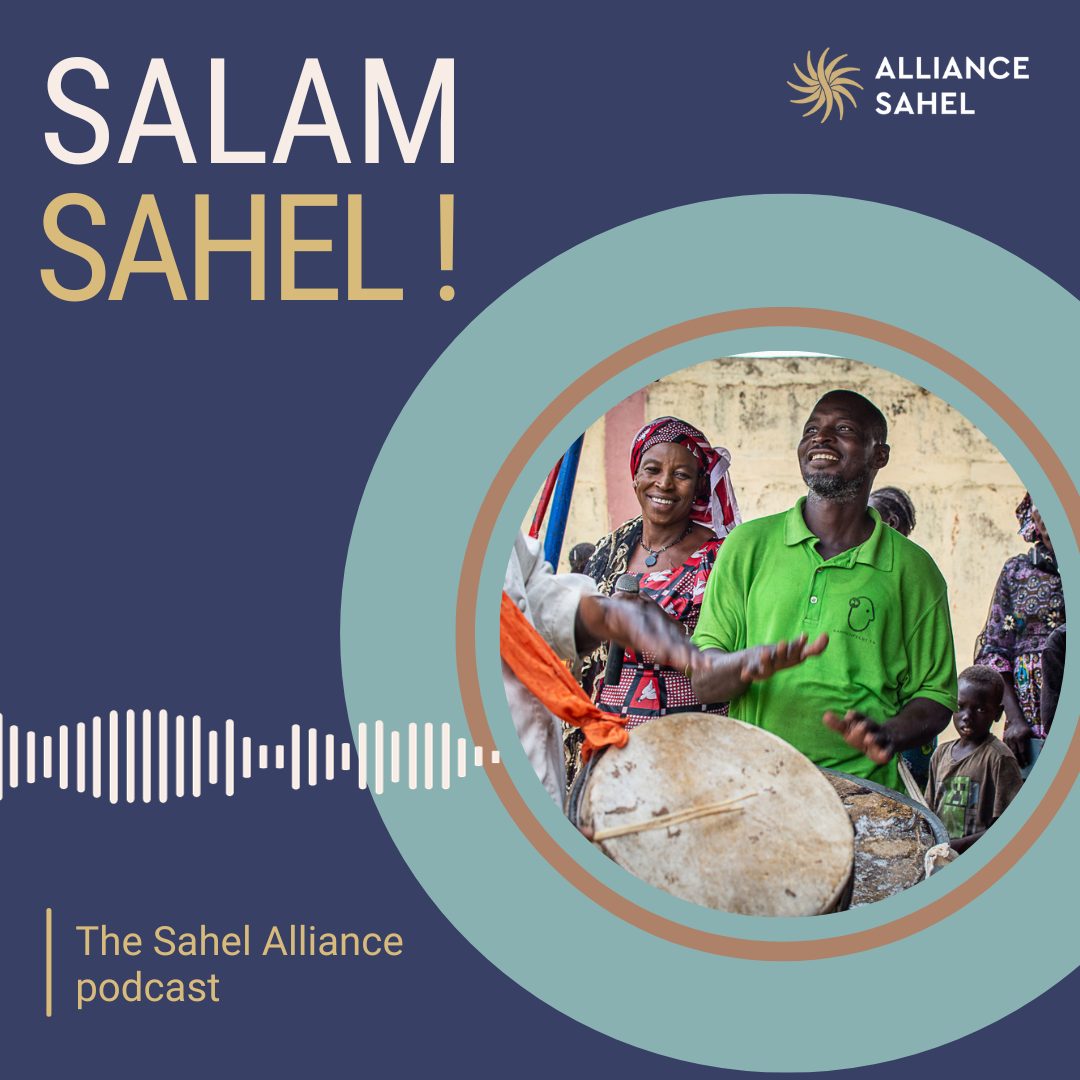“Education is a key driver of stability, social cohesion and peace”

An interview with Ousmane Diagana, a Mauritanian national, World Bank Vice President for West and Central Africa since July 1st, 2020. In this role, he coordinates the World Bank’s relationships with 22 countries and manages a portfolio of projects, technical assistance, and financial resources totalling more than 47 billion dollars.
What challenges do young people in the Sahel face today?
The history of the Sahel dates back thousands of years. Its populations have always attached major importance to the intermingling of people, promotion of cultures, production and sharing of knowledge, and therefore education. The Sahel is a land of intellectuals. Education is core to its people, including the youth of the Sahel.
The area is currently facing several challenges. The first is a physical one. Most Sahelian countries are landlocked, vast, and sparsely populated. These geographical characteristics make delivering and accessing certain services extremely difficult. In addition, rapid population growth compounds the challenges, posing various problems regarding investment in school construction, availability of electricity in schools, deployment of teachers to remote and hard-to-reach areas, distribution of teaching materials, etc. Providing education in this context is difficult. Providing extra-curricular activities to enable young learners to have fun and express their full potential is highly complex.

What changes would you like to see for the future of young people in the Sahel? Which levers should we focus on to restore hope?
Three points must be emphasized:
First point: the governance of the education sector. It is weak, as is general governance. Therefore, this issue deserves special attention. Resources must be directed and used effectively to develop an inclusive education system that empowers learners, especially girls and women. These young citizens are the owners of their development.
Second point: the improvement of the quality of education in a holistic manner, by relying on well-trained and motivated teachers, with an adapted learning system and revised curricula to respond to the socio-economic contexts of countries and promote the values of citizenship.
Third point: an education that provides opportunities and skills to all. It will enable learners to acquire the knowledge and skills needed to embrace the societal values in their environment while possessing the qualifications meeting the needs of the economy and, therefore, the labor market.
What is your diagnosis of the state of education in the Sahel and what actions is the World Bank supporting in this sector?
It is important to start by recognizing that the states are in charge of defining the education system that responds to the specificities of countries and the aspirations of the populations. World Bank’s role is to support them in formulating development strategies, financing them through related projects and programmes, and sharing knowledge drawn from its expertise and global experience. That said, it is well known that the Sahelian countries have made impressive progress in terms of access to education, some of them having almost attained universal access. So, there is no foregone conclusion. The Sahelian countries can achieve progress on the difficult path to quality education for all.
We must support them by tackling three pressing issues:
1/ the disparity in geography, gender, and income levels.
2/ the weak levels of learning, which means that today 90% of young Sahelians who leave the education system at the end of primary school can barely read or do basic arithmetic;
3/ the level of funding for the education system as a whole is low. The average share of GDP devoted to financing education in the Sahel does not exceed 2%. Good practice suggests that it should be around 4%, or even 6%. In light of these observations, I instructed my teams to work, in partnership with actors in the Sahel, on a White Paper on education. This report was presented to the Sahelian authorities at the beginning of December. We are now working on its implementation.
Does the World Bank have partnerships with other Sahel Alliance members in the education sector?
Partnerships are at the heart of our modus operandi: partnerships with other bilateral or multilateral financial institutions, partnerships with civil society, partnerships with think tanks. We work upstream within the framework of defining strategies with the Sahel Alliance, and then, of course, by translating these strategies into development projects and programmes in the Sahel countries.
Based on your observations, which innovative local projects should be scaled up?
There are many innovations in the education system in the Sahel, sometimes on a small scale, unfortunately, and they are not known enough. The private sector does a lot. When I travel, I always make sure to visit schools and talk with different actors. In Mali, private sector actors have developed training schools, and the young people who graduate are immediately employable.

In Mauritania, more women have joined the managerial staff, and the girls’ retention rate has increased significantly. In Niger, school canteens and dedicated boarding schools have increased girls’ enrolment rates in secondary education. In Chad, nomadic school initiatives that cater to the children from pastoralist families provide adapted schooling,encouraging more inclusive education.
Why should the World Bank participate in the collective dynamics of the Sahel Alliance? What would be the points to improve in this partnership for development in the Sahel?
The Sahel Alliance is first and foremost a platform for generating ideas and promoting complementarities and synergies in actions. It helps to reduce the risk of duplication of initiatives and can maximize the benefits of pooling efforts, concepts, and experiences. The Sahel Alliance is a partnership framework that must be seen through these perspectives, which include the possibility of providing additional funding. Its role is to answer the following question: how can we ensure that the projects we do are complementary, and do not contradict or repeat each other?
We must nevertheless remain humble: development, once again, will be driven by the states and the people of the Sahel. We must not consider taking their place! We must listen to them and integrate their perspective into our thinking and actions.
What message would you like to pass on to the youth of the Sahel?
It is to keep the hope and believe in their strength and dreams! Like the generations that preceded them, Sahelian youth must strongly commit themselves to their education and, therefore, to the pursuit of knowledge. Education is the keystone of development. It is a key driver of stability, social cohesion, and peace.
Go further

